1)
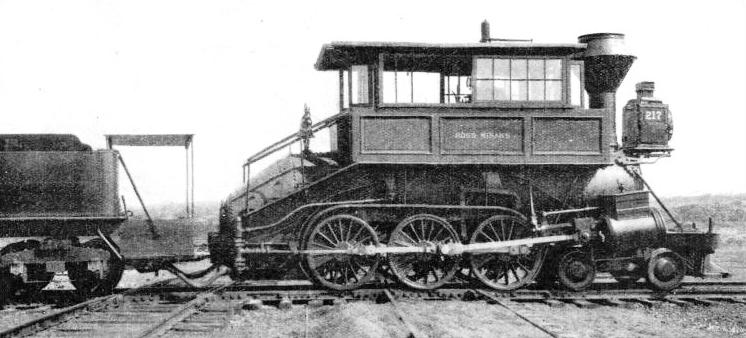
2)

3)

TWENTY-EIGHT WHEELS. South Africa’s most powerful engine is of the Beyer-Garratt type illustrated. It was built in Manchester, and was specially designed to haul heavy goods traffic up the forty miles bank between Durban and Cato Ridge, on the Pietermaritzburg line. The wheel arrangement is
4-8-2+2-8-4.
4)
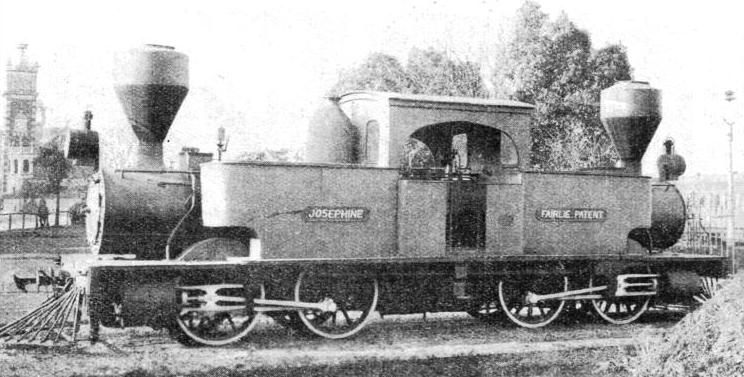
BACK-TO-BACK. A Fairlie articulated engine used on the New Zealand Government Railways. Each locomotive is two engines in one, a single crew serving for both.
5)
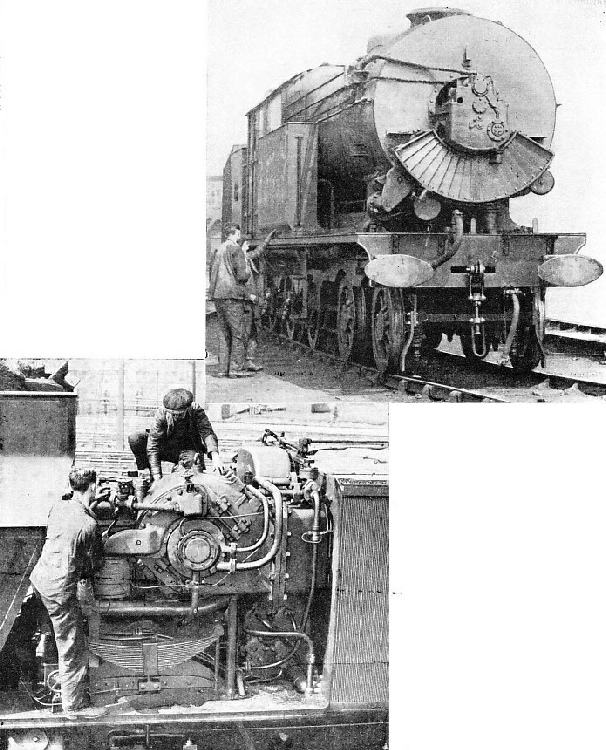
6)
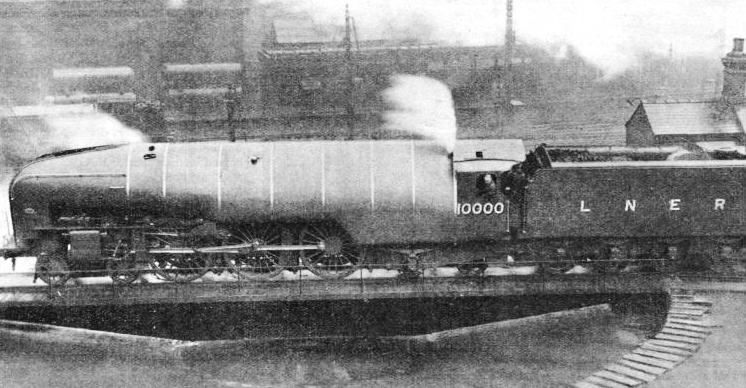
7)

“FIFTY-FIFTY”. A locomotive of the famous Garratt type used on the 2 ft 6-in gauge railway of Sierra Leone. The boiler, with cab attached, is slung between two similar power units, each carrying a water tank. The attachment of the boiler frame at either end to the power units allows the locomotive to negotiate very sharp curves.
8)

9)
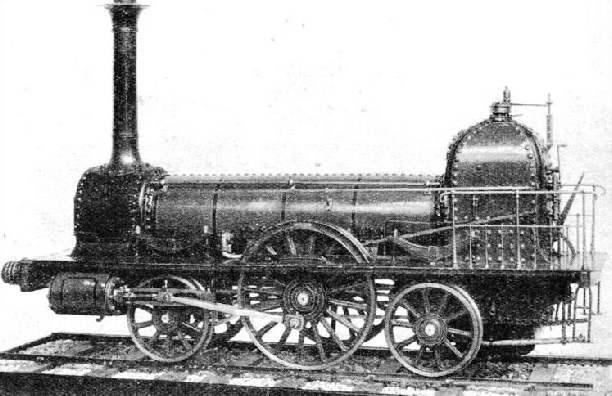
10)

12)
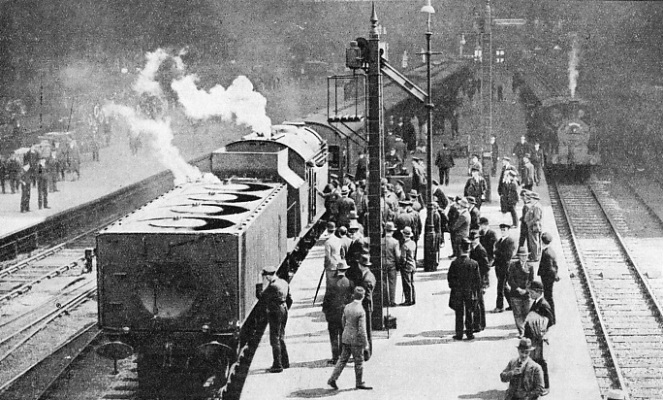
THE FIRST LJUNSTRÖM TURBINE LOCOMOTIVE, invented by a Swedish engineer, it was built in 1921, and achieved some success on the Swedish lines. A similar engine was built in 1924 in Britain, and this locomotive covered 5,402 miles during some months service on the LMS. Transmission from the turbine to driving axles was by triple gearing. At 75 miles and hour, the turbine made 10,500 revolutions a minute, and the maximum tractive effort was 40,320 lb. The locomotive is seen here at St Pancras Station.
13)
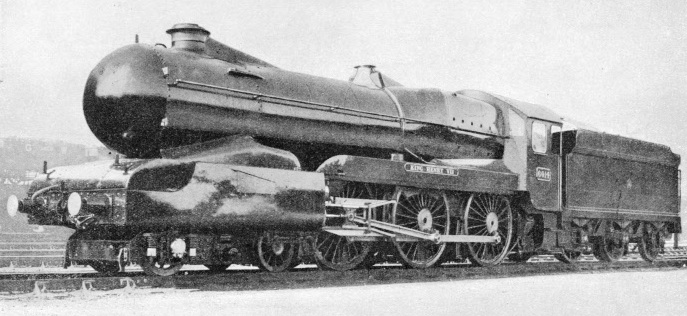
14)
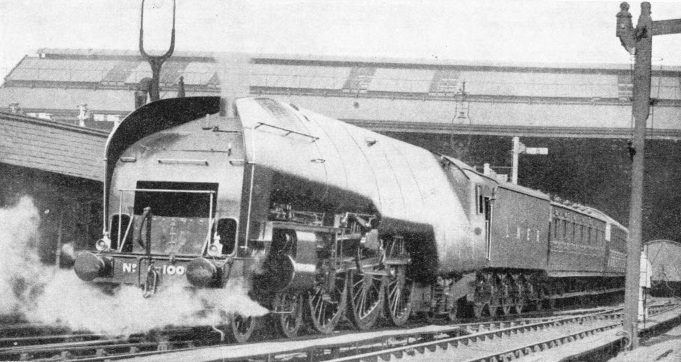
15)
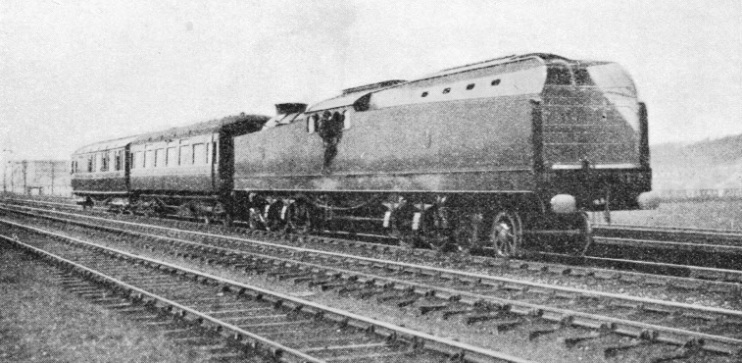
16)
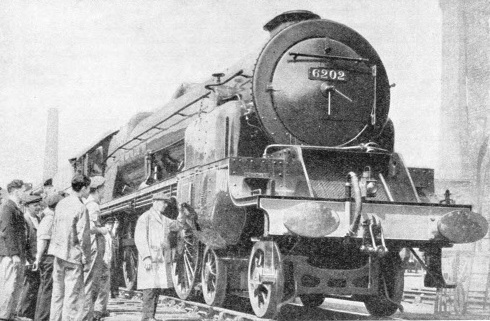
17)
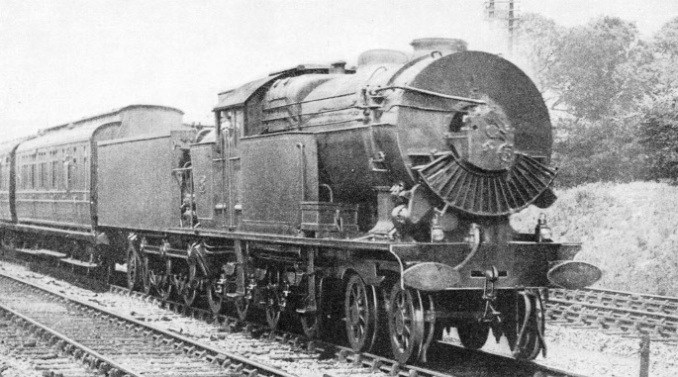
18)
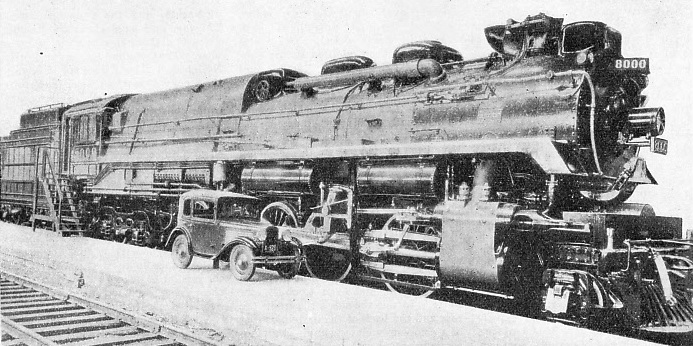
19)
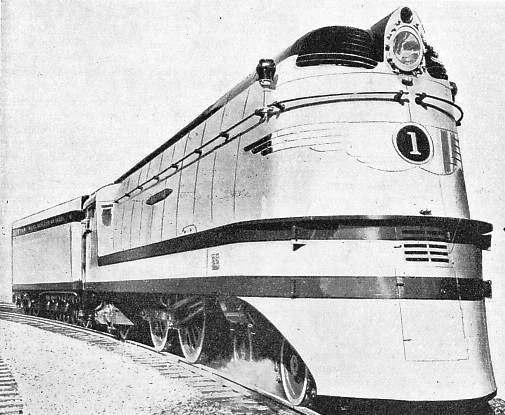
20)
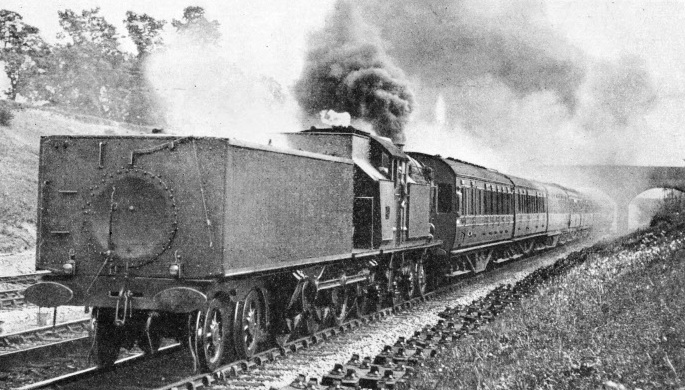
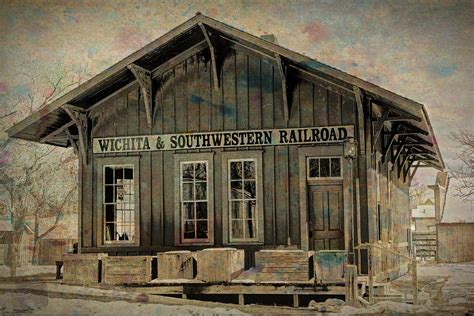

Not many people realize that one of the major handicaps of the Confederacy in the war between the states was the lack of a standard gauge in railroad track. When two differently gauged tracks met, the only option was to stop, unload, and reload the next train. The Union was not nearly as inconvenienced. One of the aftermath’s of the war was the establishment of the standard 4’8.5″ gauge in use today.
Re 6202 Turbomotive: it was rebuilt as a conventional loco and named “Princess Anne”. Shortly afterwards it was written off in the awful Harrow and Wealdstone crash.
https://en.wikipedia.org/wiki/Harrow_and_Wealdstone_rail_crash
1 would hate to be engineer if boiler go boom
Shay locomotives (#10) were the preferred engines for the railroads logging the mountainous ground in the American West, as their geared ‘all wheel dive’ configuration meant they had an unbeatable tractive power that no other small engines could equal. Their unmistakable appearance is obvious because of the vertical cylinders and the engine’s offset boiler that makes room for those cylinders.
If you ever get a chance to see one in operation, you can marvel at the genius and craftsmanship it took to create that method of driving an engine back in that day. Amazing.
So, where’s the unparalleled UP 4014?
I hope to see it at the UP depot in Ogden on July 4th or 5th…